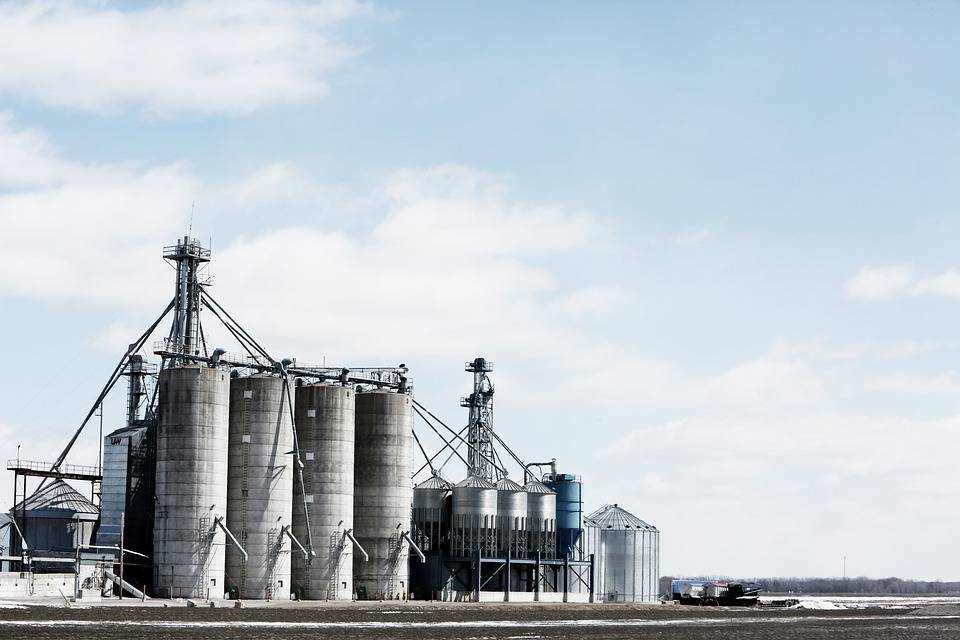Depressor Additives. The first suggestions about the mechanism in which depressor additives affect fuel were first made in the 1930s-1950s. The modern theory explains the efficiency of the depressors by the presence of n-akanes in the fuel. These components crystallize when the temperature drops. These crystals cause clouding of diesel fuel. The crystals grow in size. At a certain point, a spacial framework forms. The fuel loses fluidity and cannot be pumped through filters and piping.
If a pour point depressor is mixed into the fuel, the process of crystal formation changes. The additive accumulates on the surface of the crystals, preventing their further growth. However, the exact nature of the process is not entirely known. There are two competing theories. One suggests that co-crystallization of paraffin and the additive occurs, integrating the depressor molecule (its neutral part) in the crystal. The polar part of the molecule remains outside the crystal and prevents other paraffin molecules from attaching to the crystal. The other theory stipulates that the polar part of the molecule is adsorbed on the surface of the crystal, while the neutral part remains outside and isolates the crystal preventing their flocculation and formation of a larger structure.
Both theories confirm the interaction of the depressor additive with the growing crystal. Therefore, the depressor only acts when crystals start to form. This is why this type of additives has no effect on fuel cloud point. Without the additive, paraffin crystal size grows to tens of microns. When the additive is used, crystal size is reduced by an order of magnitude.
With time, depressor additives which can lower the cloud point of the fuel have been developed. Their principle of operation involves integration of polymer into paraffins with the subsequent formation of accosiations, which is possible due to similar solubility of paraffins and the additive. The additive in the paraffins prevents clouding, delays crystallization and reduces the cloud point.

